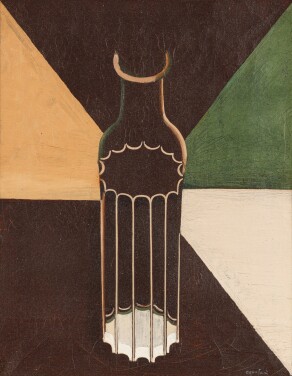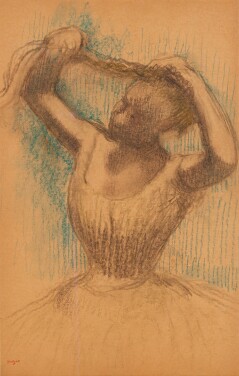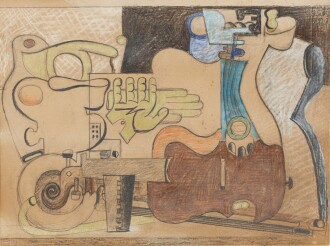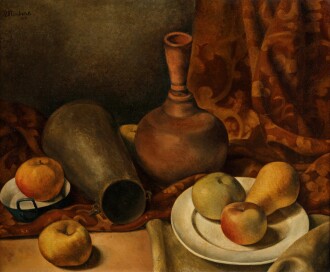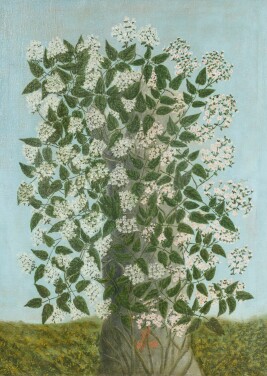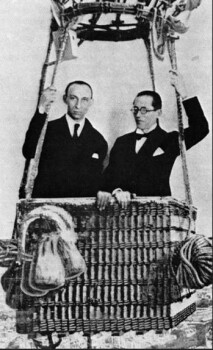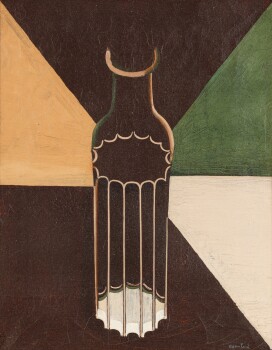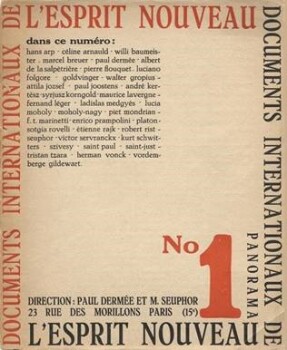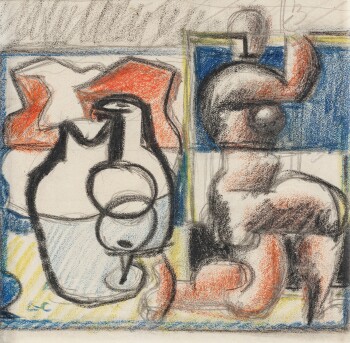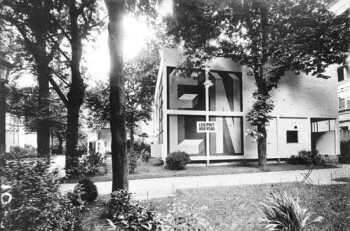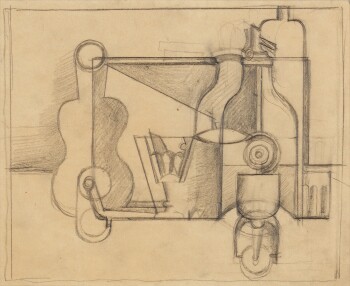P urism and Beyond: A Modern Collection presents the collection of a great lover of 19th and 20th-century art that includes works on paper by Degas, Toulouse-Lautrec, Valadon, Vuillard, as well as an important collection of works that bridge the gap between purism and modern art. The sale also features drawings and watercolors by Amédée Ozenfant, Le Corbusier, and Serge Charchoune, alongside works by Léopold Survage, Georges Valmier, Jean Hélion and André Masson.
The sale also features important examples of naïve art and Art Brut, including two works by Augustin Lesage, René Rimbert and Camille Bombois. The collection extends to include artists such as Simon Hantai, Hans Hartung and Gaston Chaissac.
This superb group notably includes a major oil on canvas by Amédée Ozenfant, La Carafe, which has been exhibited on numerous occasions. This purist work par excellence reveals a perfect harmony of lines and a remarkably contrasted palette.

Admired by artists such as André Breton and Le Corbusier, the painters of naïve art came to prominence in the interwar years and were exhibited multiple times during this period. It was the German art critic and collector Wilhem Uhde who greatly contributed to naive painting’s recognition and popularity by organizing the first exhibition dedicated to the movement in 1909.
One of the characteristics of naïve art is the intentional breaking of the three rules of Western perspective, as defined during the Renaissance by Leonardo da Vinci: the reduction in the size of objects with distance, the fading of colors with distance, and the reduction of the precision of detail with distance.
This sale offers a unique opportunity to acquire works by major artists of this movement, such as René Rimbert, Camille Bombois and André Bauchant, undoubtedly highlighted by René Rimbert’s Le Douanier Rousseau montant vers la gloire et entrant dans la postérité.

During the interwar period, artists Amédée Ozenfant and Charles Edouard Jeanneret (Le Corbusier) created a new variant of Cubism called Purism. The new style represented objects as elementary forms, devoid of decorative detail.
Le Corbusier and Ozenfant published the main principles of this movement in their 1918 book Après le Cubisme. In this manifesto, the artists criticized the tendencies in late cubism towards a more decorative vocabulary. Two years later they created a magazine that embodied these same ideas: L’Esprit Nouveau.
- May 1917
- 1918
- 1920
- 1920 to 1925
- 1925
- 1926
-

Amédée Ozenfant and Le Corbusier on the Eiffel Tower May 1917Amédée Ozenfant and Charles Edouard Jeanneret (Le Corbusier) meet for the first time. -
 1918Creation of Purism by Amédée Ozenfant and Charles Edouard Jeanneret (Le Corbusier).
1918Creation of Purism by Amédée Ozenfant and Charles Edouard Jeanneret (Le Corbusier).
Illustrated:
Amédée Ozenfant
Carafe
Estimate €280,000–320,000
View Lot -

Revue l’Esprit Nouveau N°1, 1920 1920Creation of the avant-garde journal, L’Esprit Nouveau -
 1920 to 1925Publication of L'Esprit Nouveau - 28 issues in total.
1920 to 1925Publication of L'Esprit Nouveau - 28 issues in total.
Illustrated:
Le Corbusier
Nature morte et femme
Estimate €8,000–12,000
View Lot -
 1925Construction of the Pavillon de l'Esprit Nouveau for the international exhibition of the decorative arts.
1925Construction of the Pavillon de l'Esprit Nouveau for the international exhibition of the decorative arts. -
 1926End of the artistic collaboration and friendship between Ozenfant and Le Corbusier.
1926End of the artistic collaboration and friendship between Ozenfant and Le Corbusier.
Illustrated:
Le Corbusier
Nature morte au siphon
Estimate €15,000–20,000
View Lot
The everyday objects that they chose to depict in their work were shown in their most basic state. Although the remnants of Cubism can still be found, there is a clear drive to return to the essential, with even the colors restricted to simple earth tones.
Le Corbusier, Ozenfant and Fernand Léger, who later joined them, created a style of painting in which compositional elements are shown as powerful simplified forms, embracing new technology and the machine. Each object is represented by a symbol, like a new alphabet.
The sale of this collection offers a unique opportunity to acquire some of the most important demonstrations of this movement that marked the history of art in the 20th century.
Anatomy of an Artwork: Amédée Ozenfant, Carafe
Amédée Ozenfant’s La Carafe is the ultimate Purist work and one of the most emblematic masterpieces of the artist’s pictorial oeuvre.
Painted in 1918, at the beginning of his collaboration with Le Corbusier, La Carafe includes all the characteristics of the Purist movement, which was created in the same year by the two artists: the simplicity of the composition; the absence of details surrounding the subject; the subject itself, taken from everyday industrial objects; and the palette of contrasting colors.

The composition of the canvas brings a symbolic quality to this exceptional work. The carafe, with its simple and pure lines, is placed in the middle of the canvas. It is the only figurative element of the painting.
The horizontal, vertical and diagonal lines, radiating from the subject towards the outer edges of the painting, accentuate the depth of the composition, defining the space around the object. The contrast between the colors delimited by these lines, as well as the choice of the palette itself, bring an almost three-dimensional aspect to this work.
The palette of deep blacks, white, ochre and green, brings a distinctive luminosity to the central subject. Ozenfant wrote the following lines nine years after the creation of the movement:
"Purity is not measured, this idea as I understand it, it is the highest efficiency, the intensity obtained by the least number of gestures possible, the optimum effect given by a minimum of means; our mind is made in such a way that we are always sensitive to this contained eloquence which knows to speak briefly and utterly. It is necessary that in art, there must be this fatality, that everything in a work is and appears to be a pure resolution"
